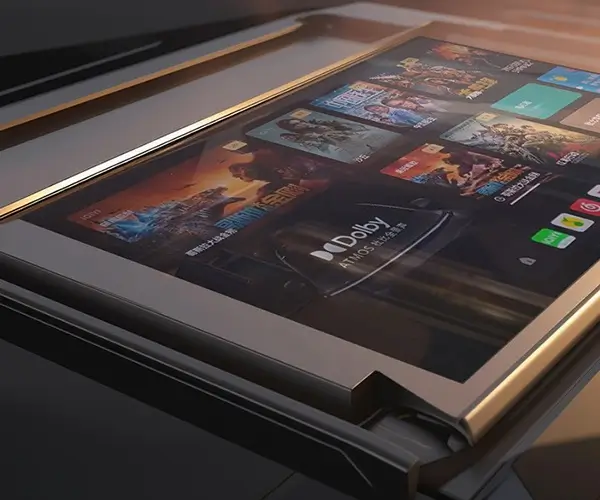Absolutely! Here's the first part of your engaging, attractive article on "Servo Motor with Arduino Nano," with the structure and style you requested.

Unlocking Precision: How to Control a Servo Motor with Arduino Nano
Imagine transforming a simple motor into a finely tuned instrument of motion — capable of executing precise, controlled movements at your command. That’s exactly what a servo motor paired with an Arduino Nano can achieve for makers, hobbyists, and students alike. Whether you're crafting a robotic arm, building an automated camera slider, or developing a remote-controlled vehicle, understanding how to interface and control a servo motor opens doors to endless creative possibilities.
Why Choose an Arduino Nano for Servo Control?
The Arduino Nano is like the Swiss Army knife of microcontrollers. Compact yet powerful, it packs numerous features that make it ideal for projects requiring minimal space but maximum functionality. Its small footprint, minimal wiring, and straightforward programming interface make it a favorite among DIY enthusiasts. When combined with a servo motor, the Nano allows for precise, repeatable control over rotation angles, making whatever you build more accurate and responsive.
What Is a Servo Motor?
Before diving into the wiring and programming, let’s understand what a servo motor does. Unlike regular DC motors that spin continuously, a servo motor is designed to rotate to a specific position within its range, often 0 to 180 degrees, although some can rotate further. It contains a small internal circuit, a potentiometer, and a gear train, which work together to ensure the motor reaches and maintains the desired position. This makes servos ideal for applications requiring exact positioning, such as robotic joints, camera gimbals, and automata.
Components Needed
Arduino Nano board Standard hobby servo motor Power supply (usually 5V, depending on the servo) Jumper wires Breadboard (optional for prototyping) Resistors and other accessories, depending on your project complexity
Connecting the Servo to Arduino Nano
Wiring your servo is straightforward:
Connect the servo’s power (red wire) to the 5V pin on the Nano. Connect the ground wire (black or brown) to one of the Nano's GND pins. Connect the control wire (usually white or orange) to one of the digital PWM pins on the Nano, such as D9.
When connecting, ensure your power source can supply enough current; servos can draw substantial current when moving, which might cause voltage drops or resets if powered solely through the Nano.
Programming Your Arduino Nano for Servo Control
The easiest way to control a servo motor with Arduino is through the Servo library, which simplifies sending PWM signals. To get started:
#include Servo myServo; // create a Servo object void setup() { myServo.attach(9); // attach the servo to pin D9 } void loop() { myServo.write(0); // move servo to 0 degrees delay(1000); // wait for a second myServo.write(90); // move servo to 90 degrees delay(1000); myServo.write(180); // move servo to 180 degrees delay(1000); }
Upload this code, and watch your servo motor move smoothly between positions. Adjust the angles and delays to suit your project.
Power Management and Precautions
While the Nano’s onboard regulator is great for powering small components, servos require more current than the Nano can reliably provide, especially under load. For your safety and to ensure smooth operation, use an external power supply dedicated to your servo(s). Connect the ground of this power supply to the Arduino ground to maintain common reference.
Additionally, avoid powering multiple servos from the Arduino directly. Excessive current draw can cause resets or damage. If working with several servos, consider using a dedicated power regulator or a battery pack.
Real-World Applications
Now, picture integrating this setup into real-world projects:
Robotics: Build a robotic arm where each joint is powered by a servo, allowing precise movement and positioning. Camera Gimbals: Stabilize cameras by controlling servos that compensate for unwanted motion. Automated Curtains or Doors: Open, close, or rotate with exact control. Educational Tools: Demonstrate principles of control systems and embedment in a simple, tangible way.
Troubleshooting Tips
Ensure servo power supply is sufficient and stable. Verify connections before powering up. Use the Servo library’s default functions for initial tests. If servo jitters or doesn’t move smoothly, check for power issues or interference. Remember, some servos make noise at their limits; avoid forcing them beyond their range.
Kpower has delivered professional drive system solutions to over 500 enterprise clients globally with products covering various fields such as Smart Home Systems, Automatic Electronics, Robotics, Precision Agriculture, Drones, and Industrial Automation.




































